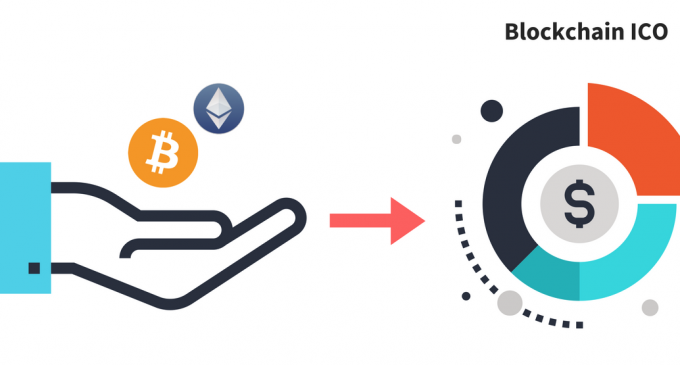
Initial Coin Offering or ICO is a tool very similar to crowdfunding or crowd investment, which is conducted entirely on the blockchain. At the beginning, the idea of an ICO was to facilitate the access to funding for new projects by pre-selling coins/tokens to investors interested in the project.
How does it work?
Well, entrepreneurs first need to present a whitepaper describing the business and all the technical details of the project, before the ICO. They also need to set out a timeline for the project and a target budget. There needs to be made a very detailed description of all the spending required for the project. During the campaign, investors can purchase tokens with cryptocurrencies like bitcoin, litecoin or ethereum.
An ICO is very similar to an IPO, in the case of the ICO the tokens representing a stake in the project.
With the ICO, an investor can earn coins for supporting a startup idea and depending on the white paper, tokens can have very different properties.
Another detail that is worth to mention is the fact that the ICOs that have been conducted in 2016 and 2017 did not give investors a stake in the startup, those investors being just supporters of the project, motivated solely by the return on their investment.
Also, only in 2017 programmers have raised more than 3 billion US dollars by selling some of their digital coins to investors and that is 30 times more than the amount that had been sold out in 2016, as the ICO statistics show. Investors are generally interested in ICOs when they think a particular cryptocurrency will go up in value, meaning they are speculation the price of that particular digital currency will go up in the future.
As a whole, ICO can satisfy on the other hand -miners’ need to sell their mined currency and on the other hand – investors need to invest their money in something that can generate returns.







There are no comments at the moment, do you want to add one?
Write a comment